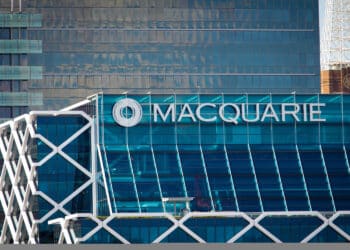Following an OPEC meeting where the organisation was unable to gain Russia’s co-operation on output cuts, the Kingdom of Saudi Arabia effectively declared a price war by slashing the official selling price by $7-$8 per barrel to Europe and the US and $4-$6 barrels a day in Asia.
According to Schroders, the kingdom will also increase exports by up to 800,000 barrels a day into a market the asset manager believes is already oversupplied.
“The move could cost the country an estimated $120 billion, as the current price is not profitable,” said Mark Lacy, Schroders head of commodities.
“In fact, current oil prices are significantly below the fiscal break-evens for all of the OPEC producers. It is difficult to envisage that these prices can be sustained without significant cuts to fiscal programs, which in turn would lead to significant unrest.”
The largest integrated oil companies need to achieve at least $35 a barrel to sustain cash operating costs. But if oil prices average at $35 per barrel for the rest of 2020, it could reduce full-year cash flow for the integrated oil companies by as much as 50 to 60 per cent.
“The dividends for all the integrated companies are not covered at $35 a barrel,” Mr Lacy said.
“While we don’t think dividend cuts will happen in the short term, without a crude price recovery dividend cuts are a certainty. No part of the oil industry works at $30 a barrel.”
And the longer the industry stays at the current prices, the more supply will be removed from the industry. That will lead to a period of “significant tightening and much higher prices” – and for stability to return, the coronavirus outbreak will need to be effectively curtailed in order for industrial activity to restart.
“In the very short term it is hard to see this happening, but if we look beyond the short term, the upside risk to oil prices is significant,” Mr Lacy said.







